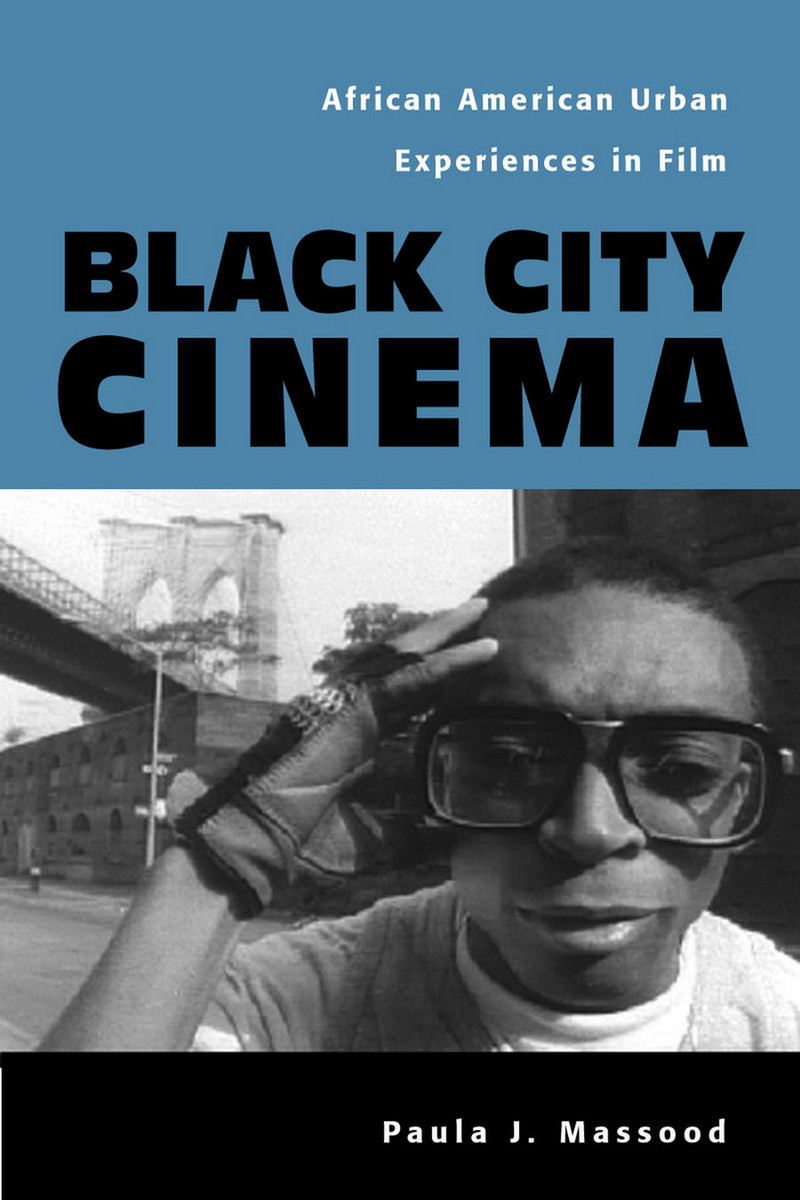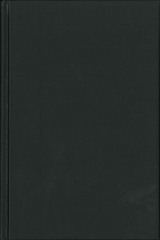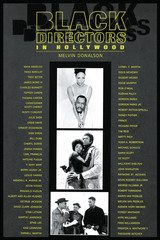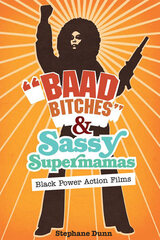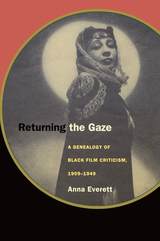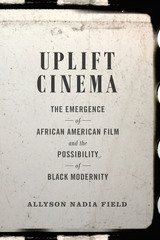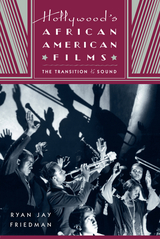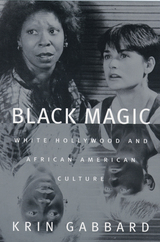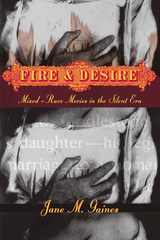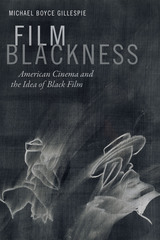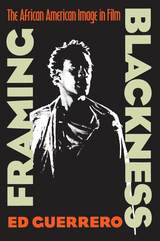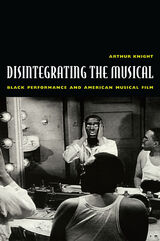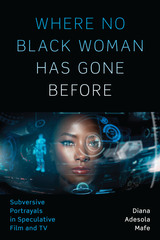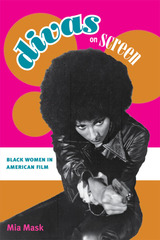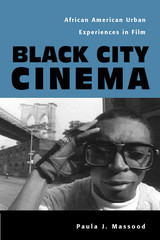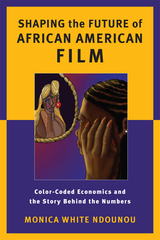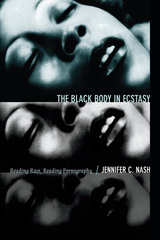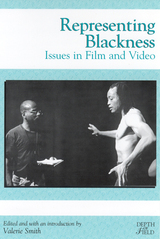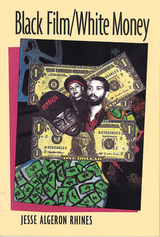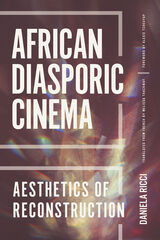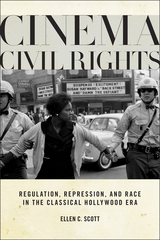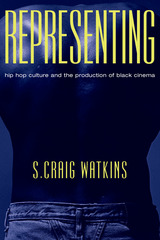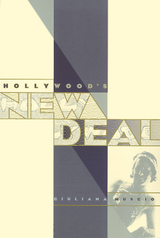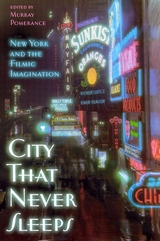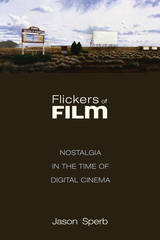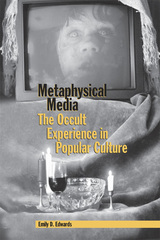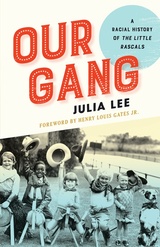Black City Cinema: African American Urban Experiences In Film
Temple University Press, 2003
Paper: 978-1-59213-003-0 | eISBN: 978-1-4399-0565-4 | Cloth: 978-1-59213-002-3
Library of Congress Classification PN1995.9.N4M33 2003
Dewey Decimal Classification 791.436520396073
Paper: 978-1-59213-003-0 | eISBN: 978-1-4399-0565-4 | Cloth: 978-1-59213-002-3
Library of Congress Classification PN1995.9.N4M33 2003
Dewey Decimal Classification 791.436520396073
ABOUT THIS BOOK | AUTHOR BIOGRAPHY | REVIEWS | TOC | REQUEST ACCESSIBLE FILE
ABOUT THIS BOOK
In Black City Cinema, Paula Massood shows how popular films reflected the massive social changes that resulted from the Great Migration of African Americans from the rural South to cities in the North, West, and Mid-West during the first three decades of the twentieth century. By the onset of the Depression, the Black population had become primarily urban, transforming individual lives as well as urban experience and culture.Massood probes into the relationship of place and time, showing how urban settings became an intrinsic element of African American film as Black people became more firmly rooted in urban spaces and more visible as historical and political subjects. Illuminating the intersections of film, history, politics, and urban discourse, she considers the chief genres of African American and Hollywood narrative film: the black cast musicals of the 1920s and the "race" films of the early sound era to blaxploitation and hood films, as well as the work of Spike Lee toward the end of the century. As it examines such a wide range of films over much of the twentieth century, this book offers a unique map of Black representations in film.
See other books on: African Americans in motion pictures | City and town life in motion pictures | Massood, Paula | Media Studies | Motion pictures
See other titles from Temple University Press
